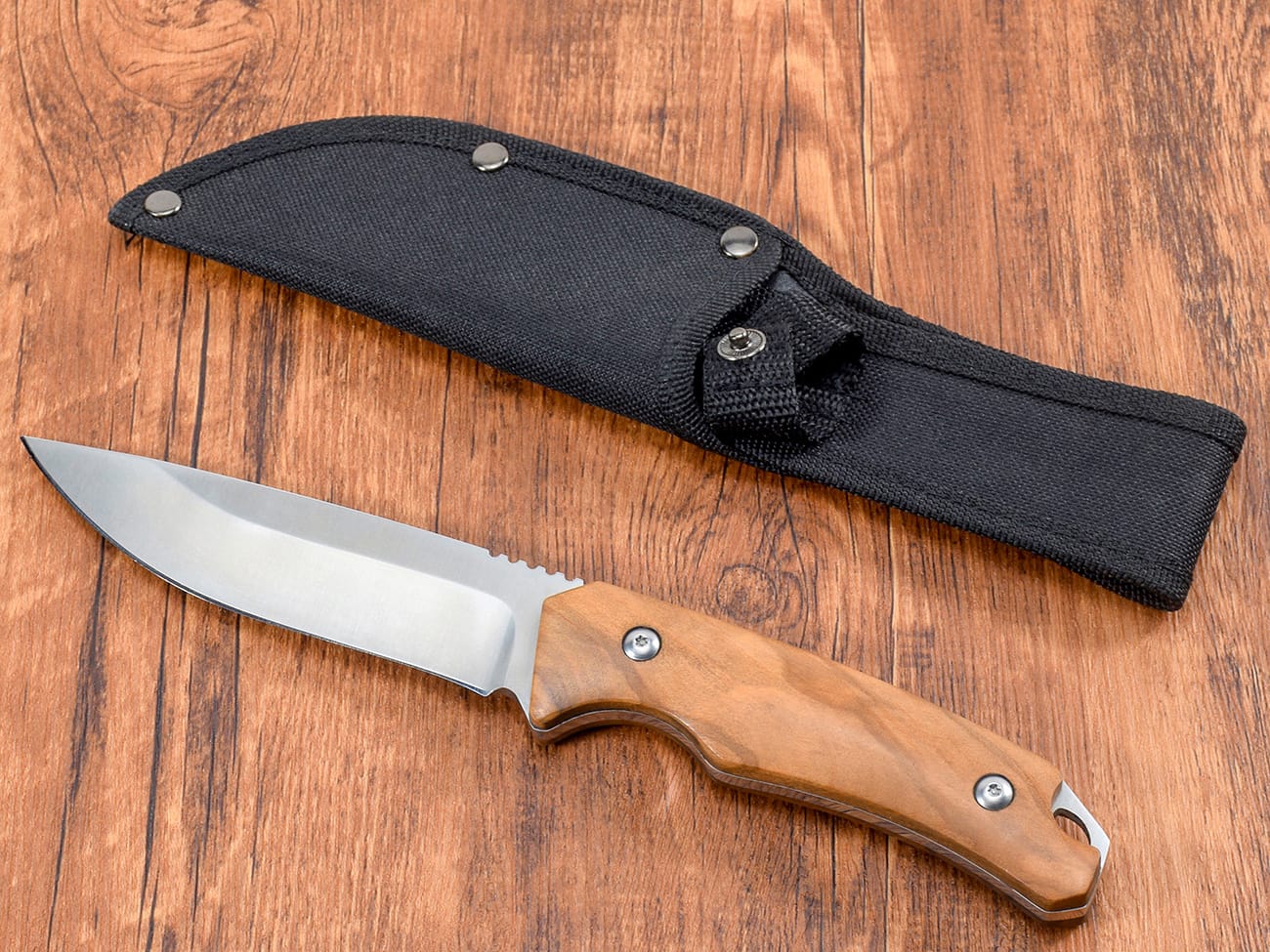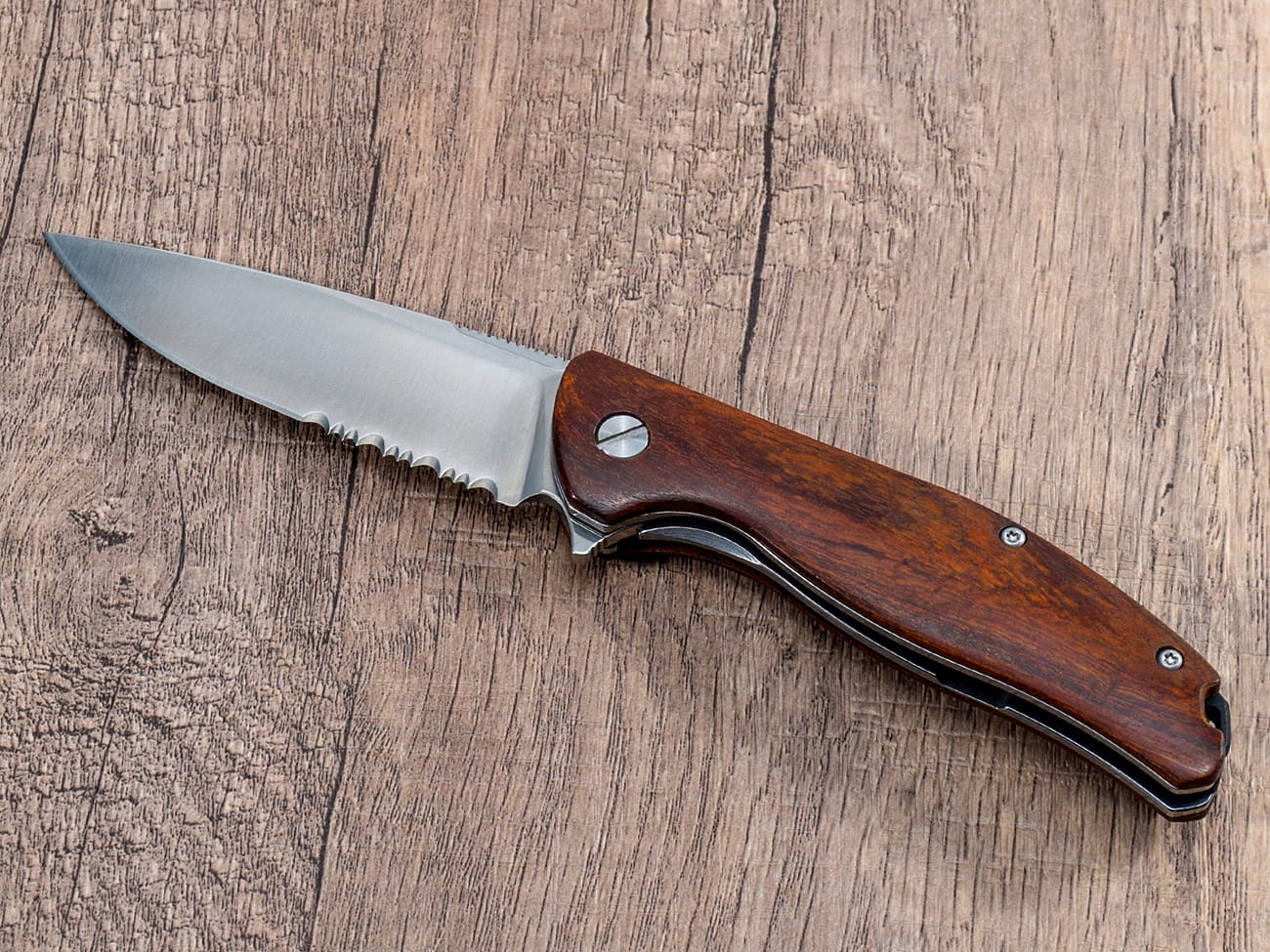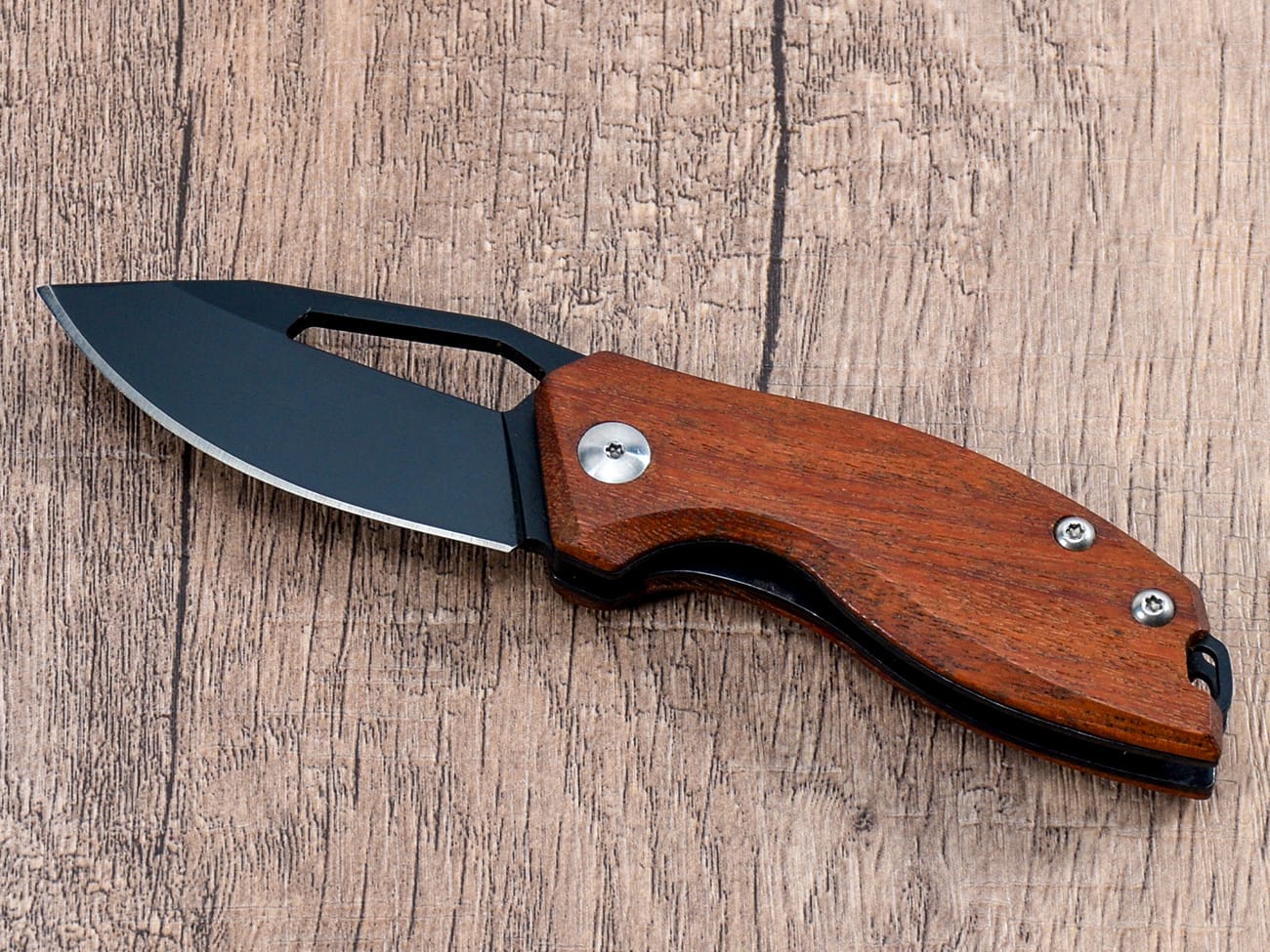Whether you’re a professional chef or a home cook, knowing how to use a knife safely is crucial for preventing accidents and injuries in the kitchen. This comprehensive guide will teach you everything you need to know about proper knife handling, maintenance, and safety practices. By following these essential knife safety tips, you’ll develop confidence and skill while minimizing the risk of cuts and injuries.
What Makes a Knife Safe to Use?
A safe knife starts with proper maintenance and condition. A sharp knife is actually safer than a dull knife because it requires less force to cut and is less likely to slip. When using your knife, make sure it’s properly sharpened and maintained. The knife should be able to slice through paper cleanly – if it can’t, it’s time for sharpening.
How Should You Hold a Knife Properly?
The way to hold a knife is crucial for both safety and efficiency. Grip the handle of the knife firmly with your dominant hand, wrapping your finger and thumb around the handle. Your index finger and thumb should pinch the blade near the handle for better control. This grip gives you maximum control while keeping your fingers safe from the blade.
What is the “Claw” Technique and Why is it Important?
The claw grip is an essential knife safety technique for your non-cutting hand. Form your hand into a claw while holding the food, tucking your fingertips under and using your knuckles as a guide for the knife blade. This technique protects your fingertips from cuts while providing stable control over the food you’re cutting.

A professional-grade folding knife demonstrating proper blade alignment and safety features
What Are the Most Common Knife Safety Rules?
Several fundamental safety rules should always be followed when using knives:
- Always cut away from your body
- Never try to catch a falling knife
- Keep your knives sharp
- Use the right knife for the job
- Focus on what you’re doing while cutting
- Clean knives immediately after use
How Do You Store Your Knives Safely?
Proper knife storage is crucial for both safety and maintenance. Use a knife block or magnetic strip to store your knives, keeping them organized and protected. Never store knives loose in drawers where they can get damaged or cause injuries. A knife block provides excellent protection and easy access.
What Should You Do When a Knife Slips?
If your knife slips while cutting, immediately step back and let the knife fall. Never try to catch a falling knife – this is one of the most common causes of serious knife injuries. Let it fall and pick it up after it has landed. Remember: a falling knife has no handle!
How Do You Clean and Maintain Knives Safely?
Proper cleaning and maintenance are essential for knife safety:
- Never leave knives in a sink full of water
- Wash knives separately from other dishes
- Dry knives immediately after washing
- Store knives properly after cleaning
- Regular sharpening with proper technique
Why is Using the Right Knife Important for Safety?
Using the correct knife type for each task is crucial for safety. A chef’s knife isn’t ideal for peeling, just as a paring knife isn’t suitable for chopping large vegetables. Using the proper knife reduces the risk of accidents and makes cutting more efficient.
What Role Does the Cutting Board Play in Knife Safety?
A stable cutting board is essential for safe knife use. If your cutting board doesn’t have rubber feet, place a damp cloth underneath to prevent slipping. Always use a cutting board that’s appropriate for what you’re cutting and make sure it’s clean and dry before use.
How Can You Prevent Kitchen Knife Injuries?
Prevention is key when it comes to knife safety in the kitchen:
- Stay focused while cutting
- Keep knives sharp and well-maintained
- Use proper cutting techniques
- Maintain a clean, organized workspace
- Never rush when using knives
- Keep knives away from edges of counters
Key Safety Points to Remember:
- Always use sharp knives – dull knives are more dangerous
- Maintain proper grip and technique
- Use the claw grip to protect your fingers
- Never try to catch a falling knife
- Keep your workspace clean and organized
- Store knives properly
- Use the right knife for each task
- Focus on what you’re doing while cutting
- Keep knives sharp and well-maintained
- Clean knives immediately after use
By following these essential knife safety guidelines, you’ll significantly reduce the risk of accidents while improving your cutting efficiency and confidence in the kitchen. Remember, safe knife handling is a skill that develops with practice and attention to proper technique.




